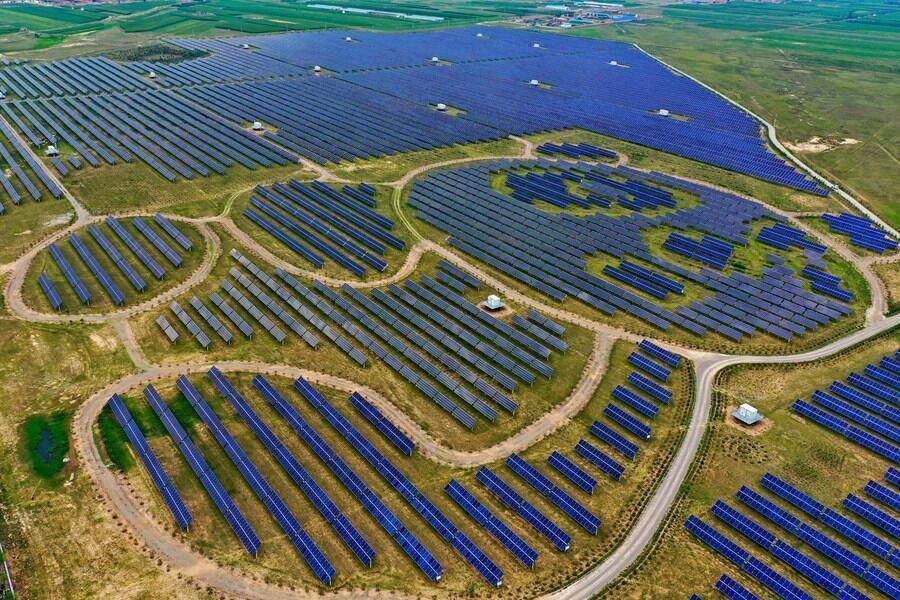
China has experienced remarkable growth in the New Energy Vehicle sector in recent years, consistently leading global NEV production and sales for nine consecutive years. By 2023, the number of NEVs in use soared to 20.41 million, according to official data.
To cater to the rising demand for electric vehicles, China has been expanding its network of NEV charging facilities aggressively. By the end of 2023, the country boasted nearly 8.6 million charging units, reflecting a staggering 65 percent year-on-year growth, as reported by China’s National Energy Administration.
Jiangsu province has pioneered the establishment of the nation’s first smart electric vehicle charging and battery-swapping demonstration zone. Equipped with approximately 1,300 chargers, this initiative has managed to reduce the average monthly waiting time for charging by nearly 50 percent through the application of intelligent algorithms, as highlighted by the State Grid Jiangsu Electric Power Co., Ltd.
The advancement of the NEV sector, pivotal in mitigating vehicle emissions, underscores China’s unwavering commitment to a sustainable future.
In recent years, China has fervently pursued green initiatives, injecting fresh momentum into its economic landscape while steadfastly pursuing its dual carbon objectives of peaking carbon emissions by 2030 and achieving carbon neutrality by 2060.
These endeavors have catalyzed the development of a myriad of high-tech and green sectors, emerging as new focal points and drivers of the world’s second-largest economy.
China dominates the global NEV market, commanding over 60 percent market share. Additionally, it supplies 50 percent of the world’s wind power equipment and 80 percent of global photovoltaic equipment.
Last year, China’s exports of technologically intensive green products, including lithium-ion batteries, photovoltaic products, and NEVs, surged to 1.06 trillion yuan (approximately 149 billion U.S. dollars), marking a robust 29.9 percent year-on-year increase.
According to the National Energy Administration, China’s total installed renewable energy capacity surpassed 1,516 GW by the end of last year, accounting for 51.9 percent of its total installed power generation capacity and contributing to nearly 40 percent of global installed renewable energy capacity.
This achievement is a testament to years of extensive investment in green energy sources across the country, including in major coal-producing regions such as Inner Mongolia and Shanxi.
In 2023, Inner Mongolia experienced a notable surge in new energy investment, boasting a remarkable 33 percent year-on-year growth, as reported by the regional energy department. The region’s installed new energy capacity reached a record high of over 31 GW, constituting 45 percent of its total installed power generation capacity.
Off the coast of Yancheng, an eastern city, more than 100 wind turbines stand tall as part of an offshore wind power project jointly developed by Electricite de France (EDF) and a Chinese company. Collectively, these turbines generate approximately 1.4 billion kWh of electricity annually.
“China has emerged as the world’s largest offshore new energy market, while Europe possesses technological and experiential expertise. The potential for collaboration between the two sides is vast,” remarked Erwann Debos, CEO of EDF Renewables China.
“Accelerating carbon reduction and fostering economic growth are not mutually exclusive,” emphasized Lin Weibin, an expert from the China Energy Research Society. “As China continues to adjust its industrial and energy structures and promotes energy conservation, the cultivation of more green productive forces is expected, ultimately achieving a win-win scenario for reducing carbon emissions and driving economic growth.”






























